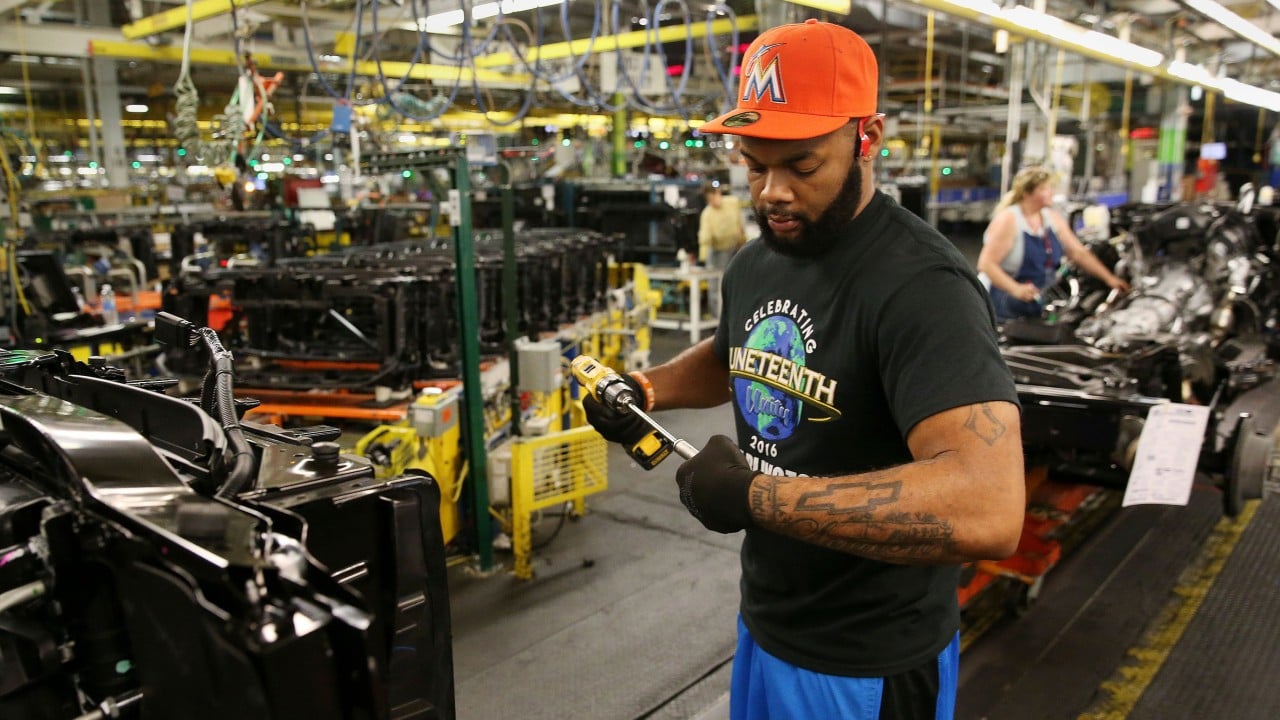Many Americans who came of age in the 1980s will remember when Honda Accords and Toyota Camrys became the preferred family vehicles, quietly replacing US models. When quality, reliability and price were factored in, patriotism was the only remaining reason to keep an American-made car on the driveway.
Advertisement
Two high-school friends and I each got well-worn hand-me-down cars when we started commuting to college. Dave got a Ford Fairmont estate car, which he called “the hearse”. Gary got a Buick Skylark that he dubbed “Uncle Charlie”, a term used to describe the kind of relative who gets inebriated at Thanksgiving dinner. I had a Chevrolet Monte Carlo, which I simply referred to as “the monstrosity”.
With the money we made from part-time retail jobs, we all bought Honda Civics when our American gas guzzlers died.
But within a decade, American car companies finally got a break. With the North American Free Trade Agreement (Nafta) – renegotiated into the United States-Mexico-Canada Agreement (USMCA) during the first Trump administration – they got a more robust regional supply chain and a nearly continent-wide market. By reducing tariffs on vehicles and parts, the agreement helped US carmakers go head-to-head with their Japanese competitors on metrics other than patriotism.
Seeing the benefits of Nafta and USMCA, more carmakers from Japan, South Korea and even Europe did what US President Donald Trump wants all the world’s manufacturers to do now – manufacture in the US or expand production where they have already set up factories. Nearly all the major carmakers from these countries became American manufacturers, bringing efficiencies that those born and bred in Detroit, Michigan, have once again struggled to match.
Advertisement
Ford, General Motors and Stellantis sold around 5.4 million cars and light trucks in the US last year, down from the more than 12 million cars they sold in 1999, according to a University of Michigan economic report.


